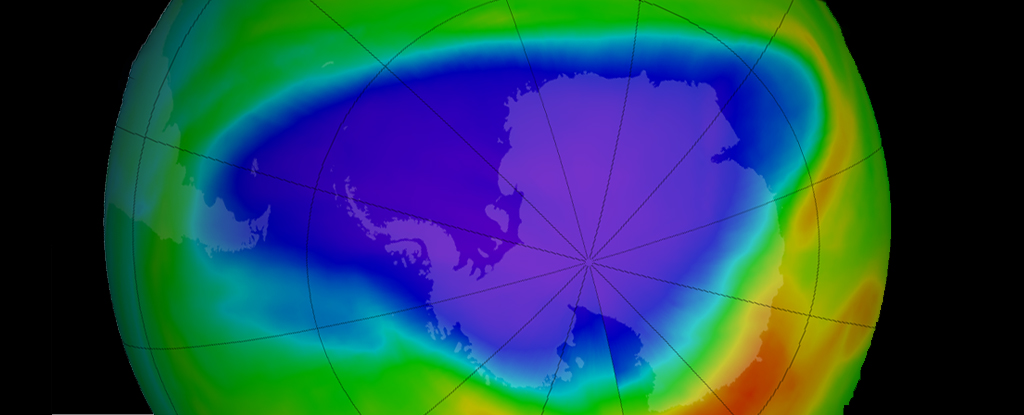Products You May Like
Scientists said Tuesday that international efforts to protect the ozone layer had been a “huge global success” after revealing that damaging gases in the atmosphere were declining faster than expected.
The Montreal Protocol signed in 1987 aimed to phase out ozone-depleting substances found primarily in refrigeration, air conditioning and aerosol sprays.
A new study has found that atmospheric levels of hydrochlorofluorocarbons (HCFCs), harmful gases responsible for holes in the ozone layer, peaked in 2021 – five years ahead of projections.
“This has been a huge global success. We’re seeing that things are going in the right direction,” the study’s lead author, Luke Western from the UK’s University of Bristol, told AFP.
The most harmful CFCs were phased out by 2010 in the effort to protect the ozone layer – the shield that protects life on Earth from harmful levels of ultraviolet rays from the Sun.
The HCFC chemicals that replaced them are expected to be eliminated by 2040.
This study, published in the journal Nature Climate Change, examined levels of these pollutants in the atmosphere by using data from the Advanced Global Atmospheric Gases Experiment and US National Atmospheric and Oceanic Administration.
Western attributed the steep decline in HCFCs to the efficacy of the Montreal Protocol, as well as tighter national regulations and a shift by industry in anticipation of the coming ban of these pollutants.
“In terms of environmental policy, there is some optimism that these environmental treaties can work if properly enacted and properly followed,” Western said.
Both CFCs and HCFCs are also powerful greenhouse gases, meaning their decline also aids in the fight against global warming.
CFCs can last in the atmosphere for hundreds of years, while HCFCs have a lifespan of about two decades, Western said.
Even once they are no longer in production, the past use of these products will continue to affect the ozone for years to come.
The United Nations Environment Programme in 2023 estimated it could take four decades before the ozone layer would recover to levels before the hole was first detected in the 1980s.
